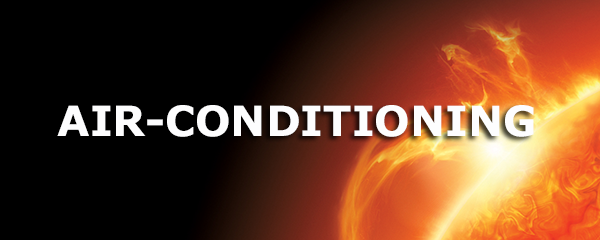Air-conditioning regulates the temperature, humidity and air quality in a building, to provide a comfortable working environment. In Australia, it is a necessity but it comes at a considerable price – for Offices and Retail, HVAC typically accounts for 40-50% of a business’ total power consumption.
The cheapest way to cool (or heat) a building is to stop it getting hot (or cold) in the first place.
For new constructions, this means intelligent design e.g. more insulation, avoiding large north and west facing glassed areas, double (or triple) glazing, shading etc. And, of course, installing the most efficient air-conditioning system available.
For existing buildings, maximising energy efficiency to minimise operating costs is not so straightforward. Retro-fitting insulation and glazing is often impossible or prohibitively expensive. Replacing an old, inefficient air-conditioning unit with more efficient technology will also involve major capital expenditure. There are, however, some very affordable options which can make a significant difference to air-conditioning operating costs.
Two examples:
- In older air-conditioning systems that do not incorporate the latest temperature sensing technology, compressor motors are often running needlessly for extended periods of time when there is already adequate stored ‘cooling’ within the coils, that the fan is struggling to remove. This is known technically as thermodynamic saturation. Micro-processor controlled, thermostatic monitoring devices can detect thermodynamic saturation and optimize compressor cycles to maximize their efficiency by switching off compressors and/or fans. Result: lower running costs, better control and greater comfort. These controllers can be inexpensively retro-fitted to most air-conditioning systems, typically with a payback period of less than 24 months.

- The two main components in an air-conditioning unit are the compressors, which cool the air, and the fans, which distribute it throughout the building. Of the two, compressors use about 70% of air-conditioning’s electricity consumption. Cooling the air using ice made with Off Peak electricity, instead of compressors during Peak tariff periods, can reduce a system’s operating costs substantially. The technology to do this can usually be inexpensively retro-fitted to most HVAC systems, large and small.

If you would like to discuss how to reduce the operating cost of your business’ air-conditioning system by making it more energy efficient, contact Richard Pryke on 0435 628 138 or email: {HERE}

